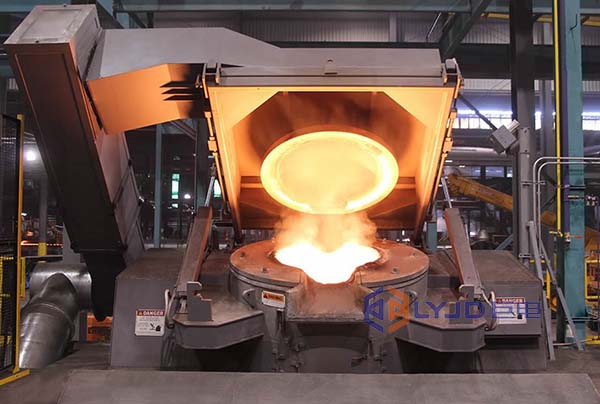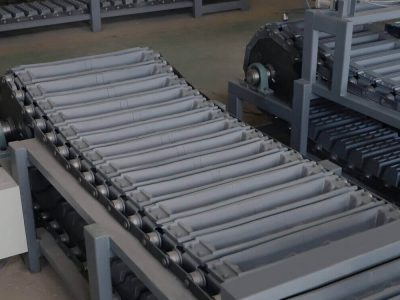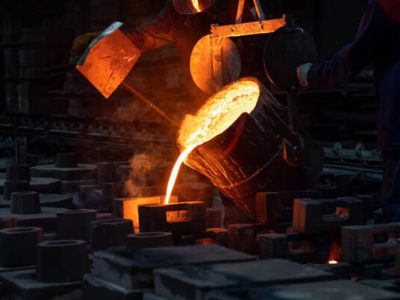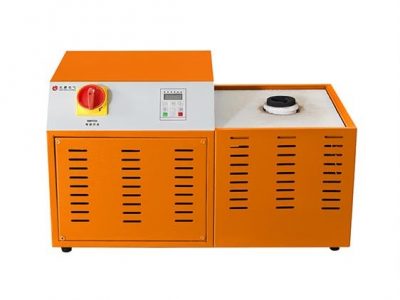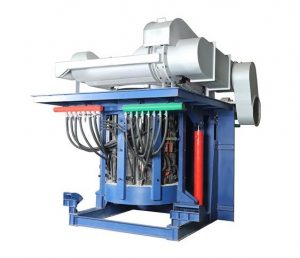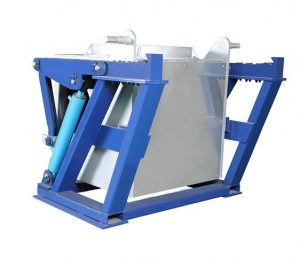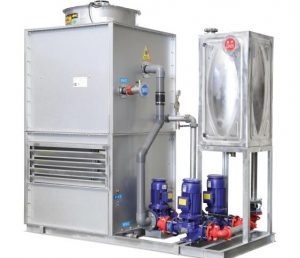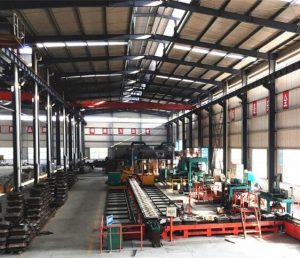There will be various problems with the use of an electric smelting furnace. These issues can affect the quality of the final casting product. Today, Luoyang Judian will introduce the 5 most common problems and solutions when using electric melting furnaces.
Element Burning Loss Is Too Large When Using an Electric Smelting Furnace
The burning loss of Si, Mn, Cr, and other easily oxidized elements in the induction furnace is mostly 3%~5%. An excessive burning loss will cause fluctuations in the chemical composition of castings, which will inevitably lead to a series of organizational and performance problems. The burning loss of elements is large, which generally occurs when the smelting time is too long and slagging protection is not paid attention to. If the amount of scrap steel is large, there are many light and thin materials, and the furnace charge is watery and rusty, the problem will be aggravated.
Ways to Avoid Excessive Burning of Elements
1. The furnace charge should be as clean as possible, the shape should not be branched, and the size should not be too large or too thin.
2. Put an end to racking materials and create conditions for fast melting.
3. In the early stage of smelting, slag should be formed in time, and in the later stage, there will be slag covering under high temperatures. Give full play to the protective effect of slag.
4. If the factory has a swarf to be used, some can be spread on the bottom of the furnace, and some of the melt can be added to the molten pool in batches.
High Oxygen Content in Molten Iron
The electric smelting furnace does not have the oxidizing atmosphere of the cupola. And, because the O and FeO in the molten iron react with C, the dissolved oxygen is not too much. However, in the later stage of smelting, in order to promote the dissolution and absorption of the C enhancer, the electric frequency is often lowered to strengthen the agitation of the molten pool. If the "hump" is too high and the frequency modulation time is too long, the probability of contact between the molten iron and the atmosphere will increase, and the dissociated O ions will enter the molten iron. Adding materials in the later stage of smelting without baking will also increase O and H.
Ways to prevent high oxygen content
1. Do not over-modulate the frequency in the later stage of smelting.
2. Do not use wet materials and tools in the later stage.
3. The overheating temperature should not be too high. Additionally, it is forbidden to keep warm for a long time at high temperatures.
Lower Amount of C in the Molten Iron
When the temperature of molten iron exceeds the equilibrium temperature, the reaction SiO2+2C=Si+2CO proceeds to the right, causing the molten iron to decrease C and increase Si. So don't forget to add C when ingredients. It is necessary to grasp the C reduction in the factory and make up the full amount of C. It should also be reminded that the composition of gray cast iron should be adjusted in the order of Mn first, then C, and then Si.
There Are Cracked Pores In the Castings
Fissure-like pores are characteristic of nitrogen pores, which mostly appear when the nitrogen content in molten iron exceeds the limit. There are many non-metallic inclusions in molten iron, and the probability of occurrence is higher. Therefore, it is necessary to limit the amount of scrap steel used in electric smelting furnaces and to prevent mixing scrap alloy steel materials with high nitrogen content, such as high manganese steel, heat-resistant high-chromium ferritic steel, chromium-manganese-nitrogen steel, and austenitic steel. The nitrogen content of different recarburizers varies greatly, so they should be treated differently. If we found the nitrogen content is high, use Ti (Fe), Al, Zr (Fe), etc. for solid N treatment.
Long Melting Time and High Power Consumption of An Electric Smelting Furnace
During the use of the electric melting furnace, if the melting time is too long and the power consumption is too high, it may be caused by the following two reasons.
1. The design defect of the furnace itself: With the development of thyristor technology and power capacitor technology, a series of energy-saving intermediate frequency furnaces have sprung up. The concept of "one drag two operations of thyristor series connection" is deeply rooted in the hearts of the people. The power consumption per ton of ductile iron can be lower than 570kW·h. However, the traditional parallel intermediate frequency furnace consumes more than 800kW·h of electricity per ton.
2. Transmission line loss: from the substation to the intermediate frequency power supply, and then through the copper bars and cables to the furnace system, there is unnecessary waste of electric energy on each link. If it is the cause of circuit loss, the original circuit needs to be upgraded.
The above are the most common questions and solutions for an electric smelting furnace. If you have any questions about the electric smelting furnaces, please contact us right now. We will do our best to solve your problems.
























